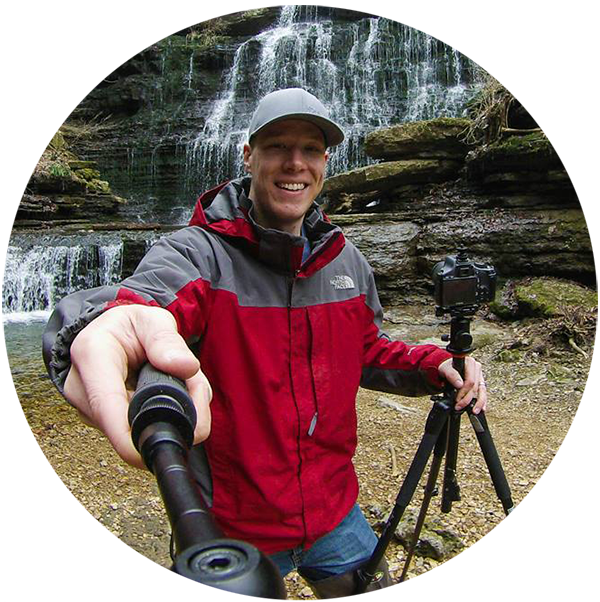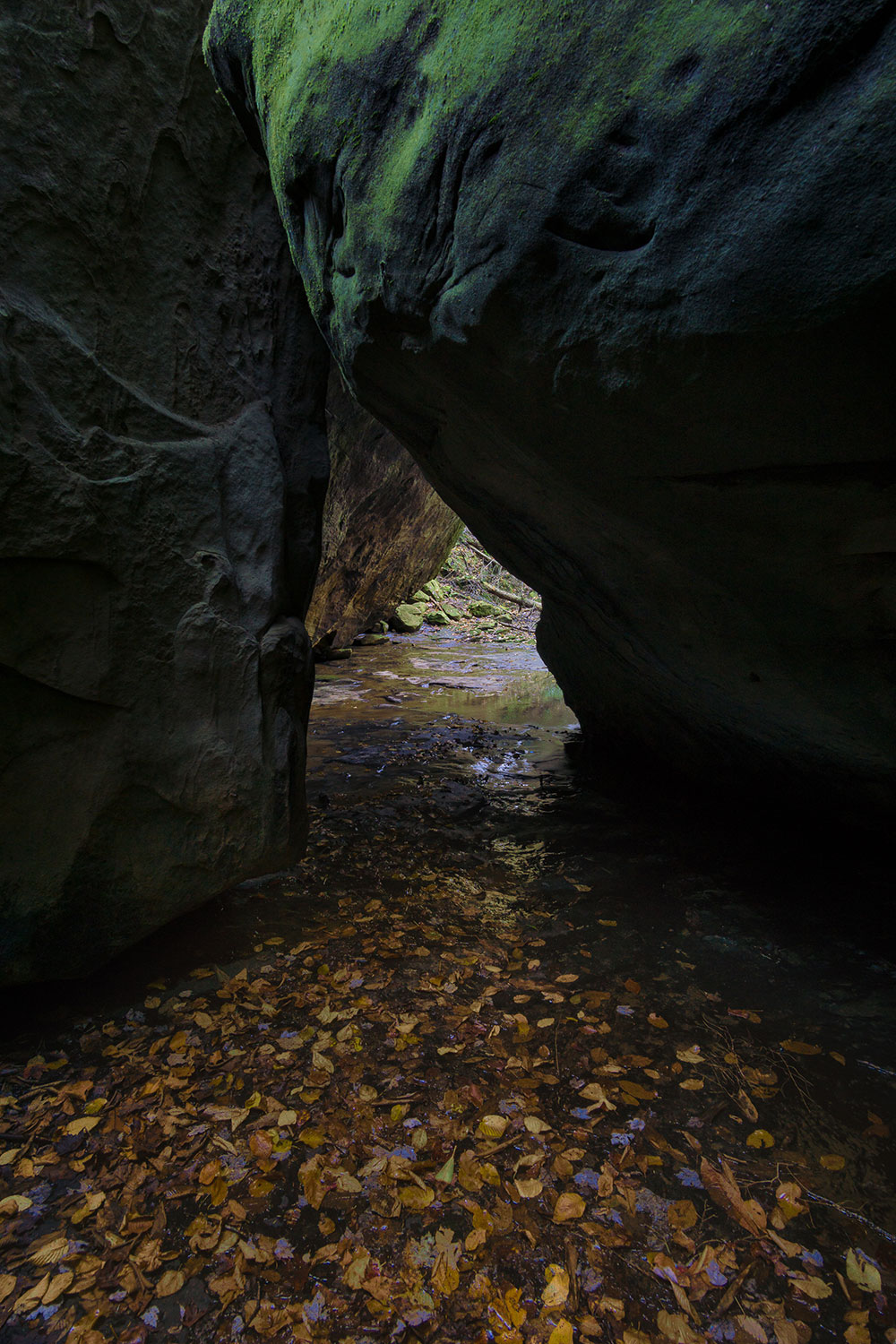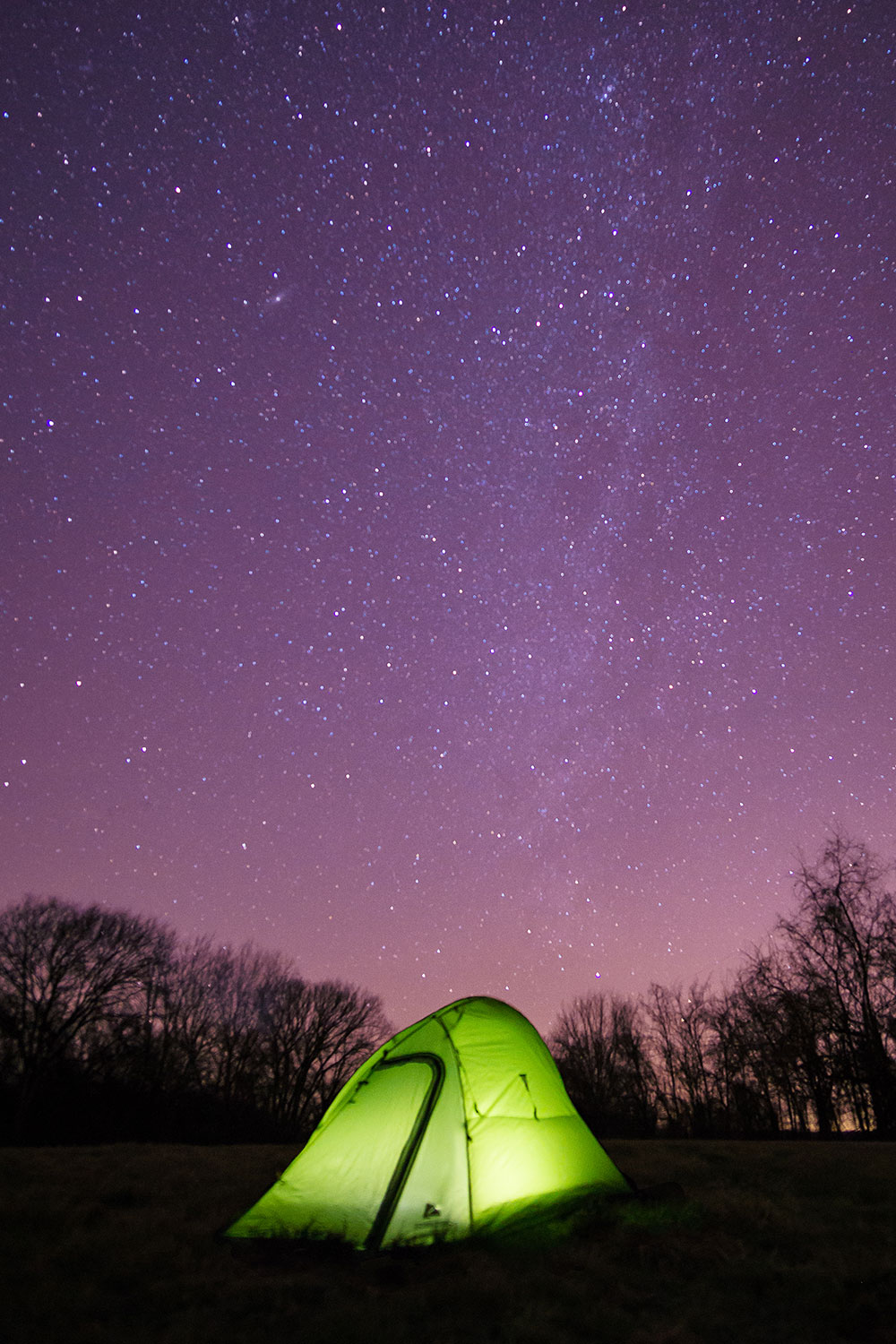Alright, before we start let’s do a quick review to make sure we are all on the same page.
- Shutter: Controls the amount of time your camera is taking a photo or the speed at which you allow your camera to collect light.
- Aperture: Controls the window through the lens that light is allowed to impact the sensor and the amount of depth of field of your photograph.
So, you have those two things down. Your shutter and aperture are the two star children of the manual mode family. They’re like the oldest and youngest child that are straight A students and multi-sport athletes. There’s also a third child that should not be overlooked. He’s that middle child that can fall between the cracks. You know, the one who doesn’t always excel in the classroom and the athletic genes have passed over. He’s the middle child of the manual mode family, and his name is ISO.
ISO is defined as the measurement of sensitivity of your camera’s sensor.
A higher ISO, such as an ISO of 3200, makes your camera’s sensor very sensitive to light. A lower ISO, such as an ISO of 100, makes your camera’s sensor much less sensitive to light. It’s also important to remember that a higher ISO creates more noise or grain in an image.
Now, it may seem like an easy concept to grasp and you might be saying, “Cool, I’ll use a low ISO for the day and a higher ISO for the morning and evening.” I’d like to challenge you to take the ISO much more seriously than that. You see, the ISO is a balancing act for many photographers. It’s a balancing act of light versus noise and it comes into play more often than not.
Here’s the thing about noise, though… It’s not so much of an issue anymore. Don’t keep this a secret either. In fact you should scream it from the rooftops to tell you photography friends. I’ve spoken to many people who are fearful to exceed an ISO of 1600 because of the amount of noise that will show up in the darker regions of the photograph (shadows, blacks, and night skies).
For example, this photograph was shot with an old sensor at an ISO of 1600 and the image quality in the night sky and shadows is not as good as current sensors would show.
Look, technology has taken leaps and bounds since I started shooting. About ten years ago, you would be fearful to exceed an ISO value of 1600 because of the noise. However, the improvement to the camera’s sensors have given way to new confidence to reach for higher ISO values in difficult lighting situations.
For example, night photography was extra challenging because an ISO of 1600 would show noise and lower image quality (like in the previous image) and would require some longer shutter speeds. But, if you have a shutter speed over 20 seconds while shooting the stars, star trails would start to show up. Thus, it was challenging to shoot pinpoint star shots.
With new sensor technology paired with a basic knowledge of ISO values and how they affect your camera, you can boost that value to a 3200 and shoot faster shutter speeds to reduce the star movement.
So, what’s my point of all of this? Well, it’s to make you think about ISO in a new way. Think about ISO in today’s technology and don’t take its power for granted. As photographers, let’s point to new strategies and uses of improving technology and image knowledge.
I recently taught a live class on Outdoor Photography where we covered a beginner’s guide to outdoor photography, including the topics discussed here. Here are the topics we covered:
- Shutter speeds
- How different exposures can change motion
- How to manage light
- Aperture
- F-stop values
- Range of focus
- Shutter priority
- Aperture priority
This beginner level class was originally recorded live and is now available for download in the Outdoor Photography Guide Shop. You can take a look and watch a preview of the class here.

About the author: When David Johnston isn’t leading photography workshops and tutorials or hosting his popular photography podcast, Photography Roundtable, he can be found traveling the world taking photos to awe and inspire his viewers. David has a passion for sharing his knowledge of photography and has many educational offerings designed to help photographers improve their work. Visit his website at https://www.davidjohnstonart.com/.
Have something to add to the story? Leave a comment or email editor@outdoorphotographyguide.com.





I only recognized the Manual mode techniques on my DSLR Camera by finding out ISO's, Shutter Speeds and Apertures (F-Stops,) indeed!!! Finally, my own basic techniques is still Advanced!!!
actually ISO is NOT a measurement of sensitivity. Sensitivity of a detector array cannot be changed. ISO is instead a gain factor that is applied to the signal. A higher ISO will boost the total signal to higher levels.